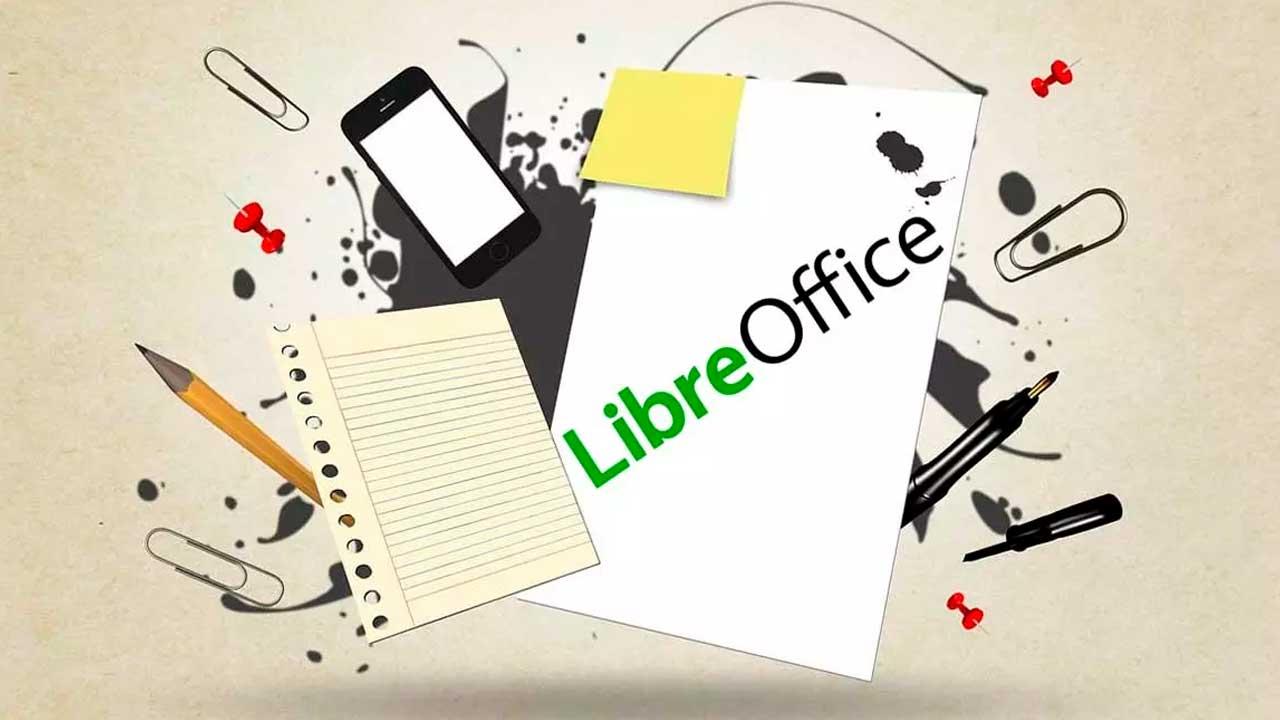Many years ago, if you wanted to do a job, you had to go to the local library or pull out Encarta. If you don’t know what Encarta is, it was a digital encyclopedia from Microsoft that nobody paid for. You may not know it, since it disappeared many years ago because of Wikipedia, which has just been updated to add a dark mode.
Today, it has become a highly reliable source of information. There is a large network of moderators who verify the changes made, so that accurate and quality information is always displayed.
As you may know, Wikipedia is open and ad-free. This means that they periodically launch crowdfunding campaigns to continue maintaining the service. In addition, these voluntary contributions also serve to add improvements that allow for greater usability, such as dark mode.
Wikipedia gets dark mode
Only the light mode, which is the platform’s initial mode, was available on this digital encyclopedia. A design that has barely changed over the years, simply making small optimizations and adjustments to improve readability. Precisely, the new dark mode or night mode arrives to improve readability.
This new feature comes for users of the Minerva skin, reserved for mobile users like the Vector 2022 skin, which is the browser skin.
There are two mechanisms to activate this function:
- Wikipedia Dark Mode (Gadget): We need to go to the “Appearance” section of the “Gadgets” tab. Inside we need to select the “Activate or deactivate dark mode” box. After activation, it can now be enabled or disabled in the preferences “portlet” located in the upper right corner of the page.
- MediaWiki Gadget-Blackskin.css – Here we also need to go to the “Appearance” section in the “Gadgets” tab. Here we need to check the “Use a black background with green text” checkbox.

Wikipedia highlights that they are aware of popular browser extensions that add dark mode. Now, with this feature integrated into this encyclopedia, extensions are not necessary. This improves security and privacy, as well as eliminating some of them that contain advertising that can be annoying.
If you use the Google Chrome browser, you can force dark mode. To do this, follow these steps:
- Type the following in the address bar: chrome://flags/
- Now, scroll down until you find the option “Auto Dark Mode for Web Contents” or you can simply type it into the internal search engine.
- It will appear as “Default” and we simply have to change it to “Enable” to force dark mode on as many websites as possible.

You should know that this feature is available in Microsoft Edge, since it is based on Chromium. To do this, simply copy and paste the following into the address bar: edge://flags/. The function to force dark mode has the same name as in Chrome, so you can’t miss it.
Finally, the dark mode that we users have been asking for so long has arrived on Wikipedia. Now we will have an interface more in line with our tastes, if we want to activate this dark mode. The truth is that this online encyclopedia looks very good with the dark mode.













